Types of MRFs
BACKGROUND
Categories
Standard MRFs are categorized as per their incoming waste streams: single-stream (recyclable materials placed in a single bin) and dual-stream (recyclable materials placed in two separate bins). In the US, most recycling programs initially had dual-stream separation, but most have now transitioned to single-stream.[1]
The choice between these methods considerably impacts the level of contamination, processing cost, and recovery efficiency.
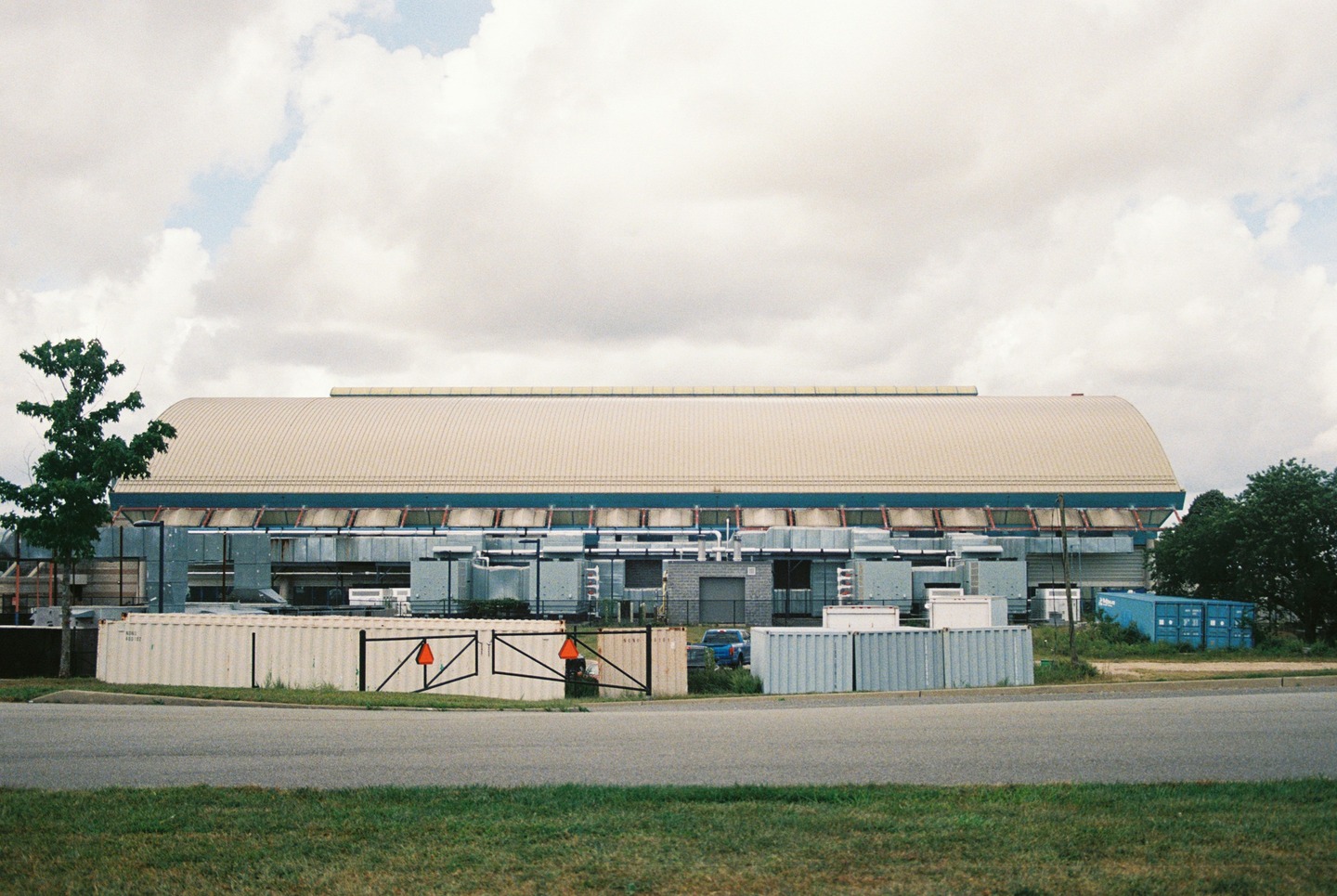
COMPOSITION
Material Types
Both single and dual-stream MRFs include two main types of materials:
Fiber-Based Materials

Old Corrugated Cardboard (OCC)

Office paper, colored paper, magazines

Paper bags
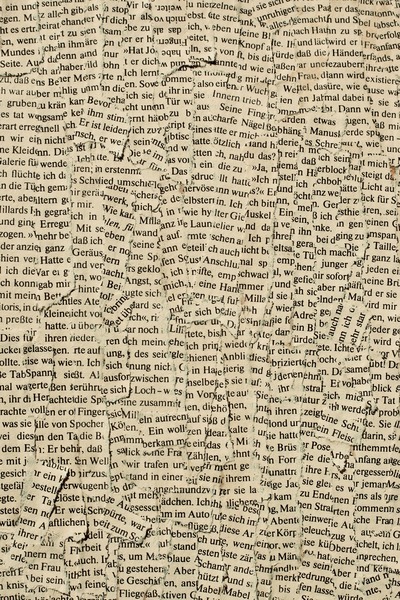
Newspapers (ONP)
Container Materials

Aluminum and Ferrous

Glass and plastic bottles
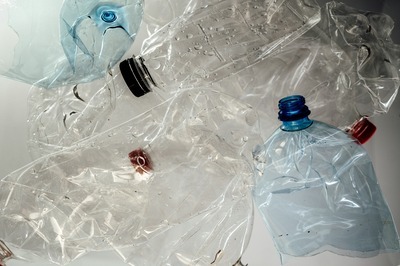
#1 and #2 Plastics (Common)
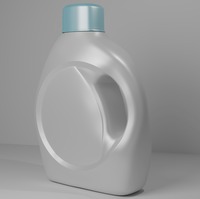
#3–#7 Plastics (Less Common)
FIRST VARIANT
Single Stream MRF
A Single-Stream MRF handles recyclable materials that have been collected in a single bin, they do not require individuals to segregate said waste materials. This method is designed for ease, promoting higher participation rates in recycling initiatives.
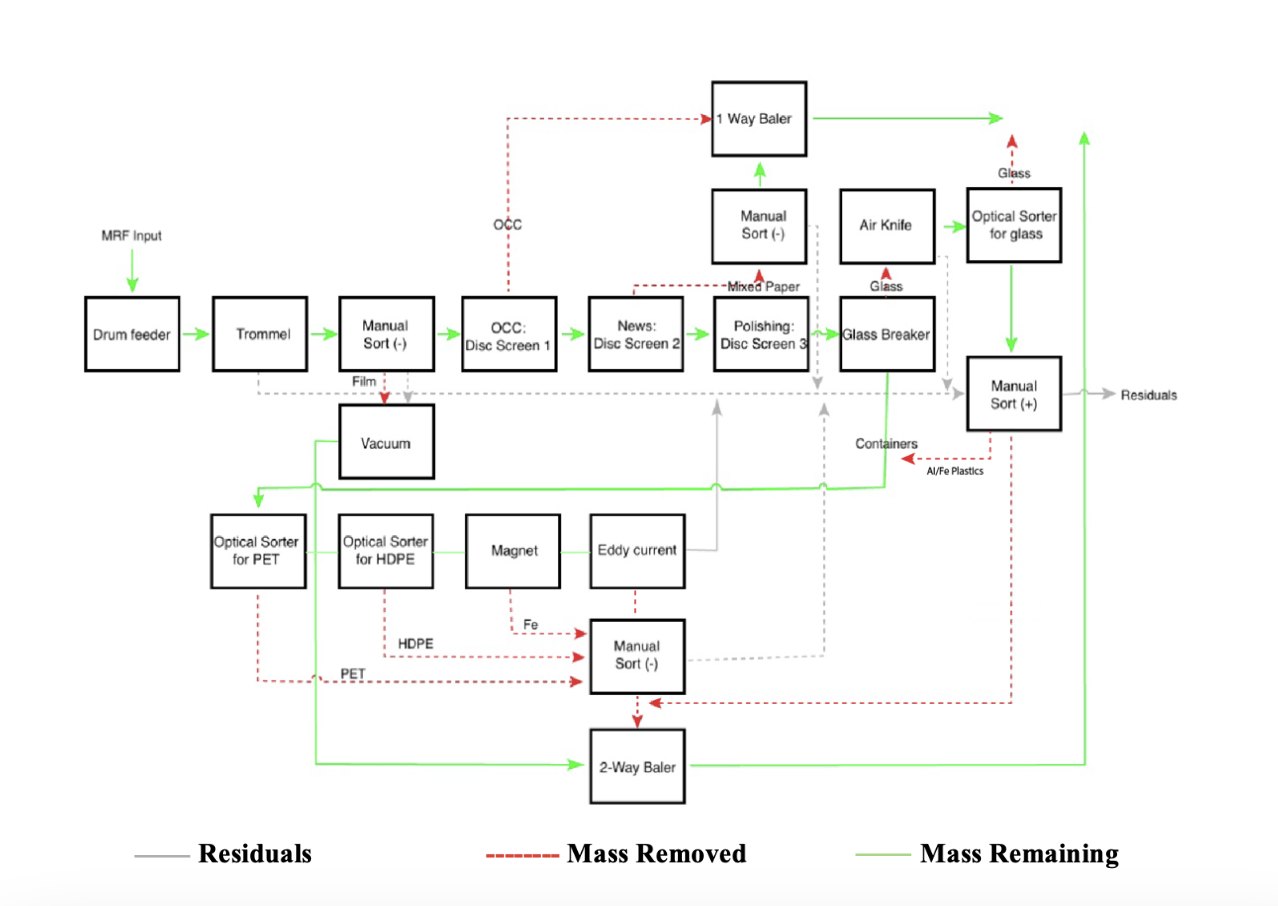
Pros:
Cons:
SECOND VARIANT
Dual Stream MRF
A Dual-Stream MRF processes recyclable materials that have been pre-sorted by individuals or businesses into two separate bins, mainly:
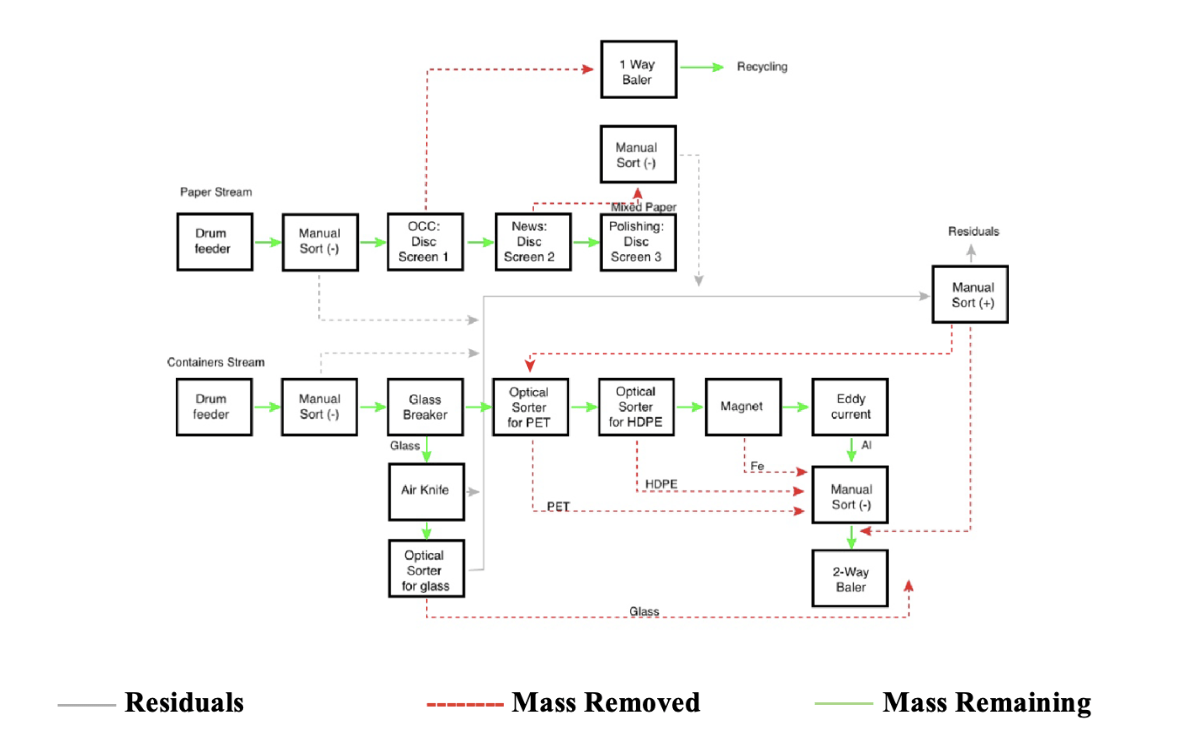
Pros:
Cons:
References
- Tonjes, D. J., Aphale, O., Clark, L., & Thyberg, K. L. (2018). Conversion from dual stream to single stream recycling results in nuanced effects on revenues and waste stream amounts and composition. Resources, Conservation and Recycling, 138, 151–159.
- Pressley, P. N., Levis, J. W., Damgaard, A., Barlaz, M. A., & DeCarolis, J. F. (2015). Analysis of material recovery facilities for use in life-cycle assessment. Waste Management, 35, 307–317.
